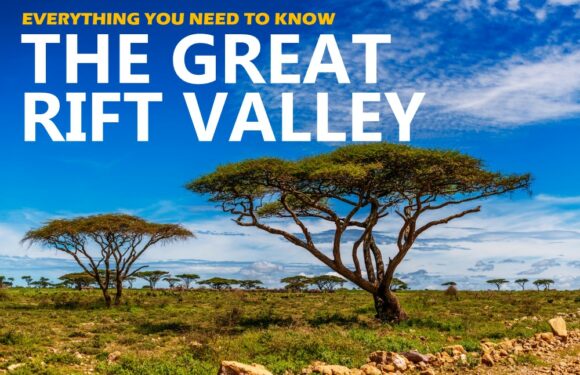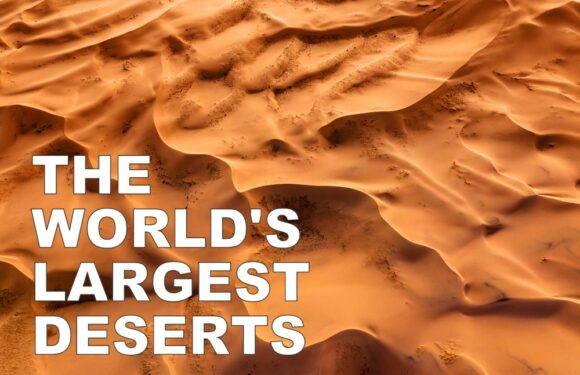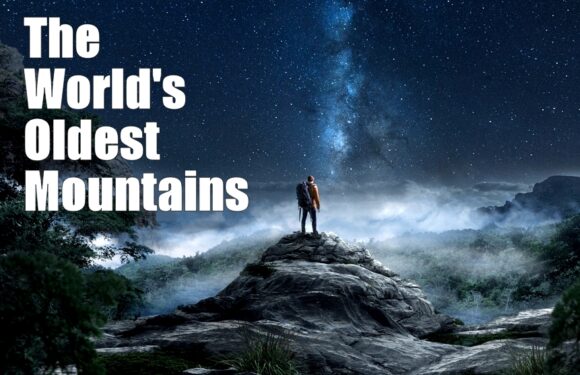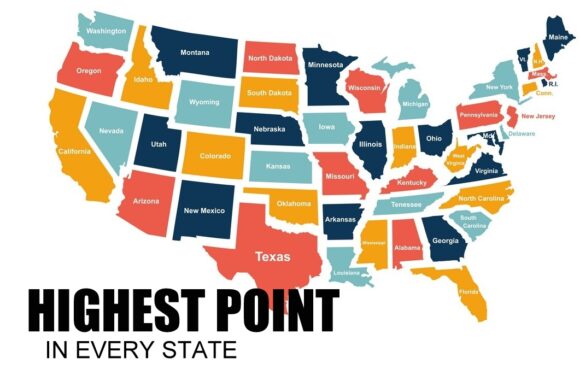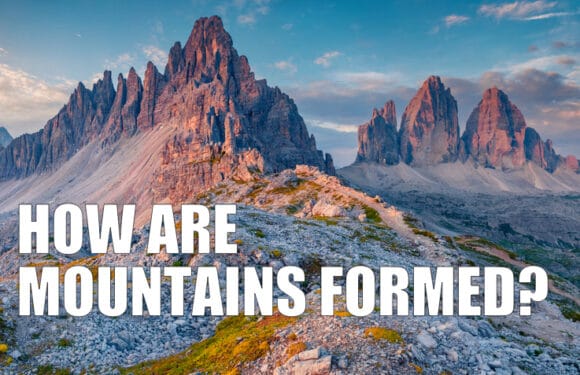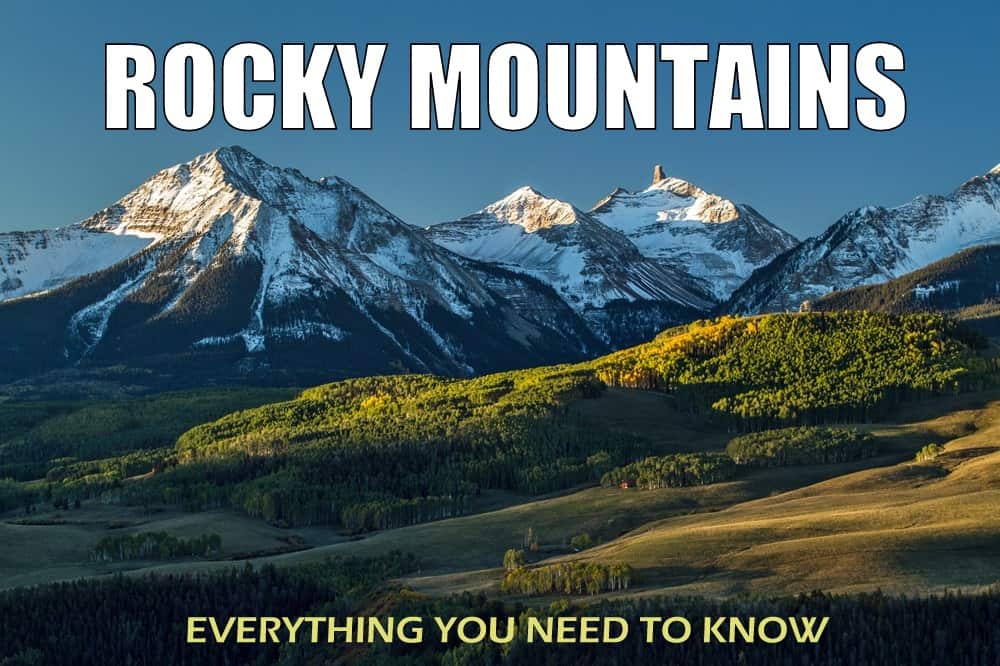
Where are the Rocky Mountains?
The Rocky Mountains, commonly known as the Rockies, are located across western North America. The mountain range stretches over 3,000 miles from northern British Columbia in Canada to New Mexico in the southwestern United States.
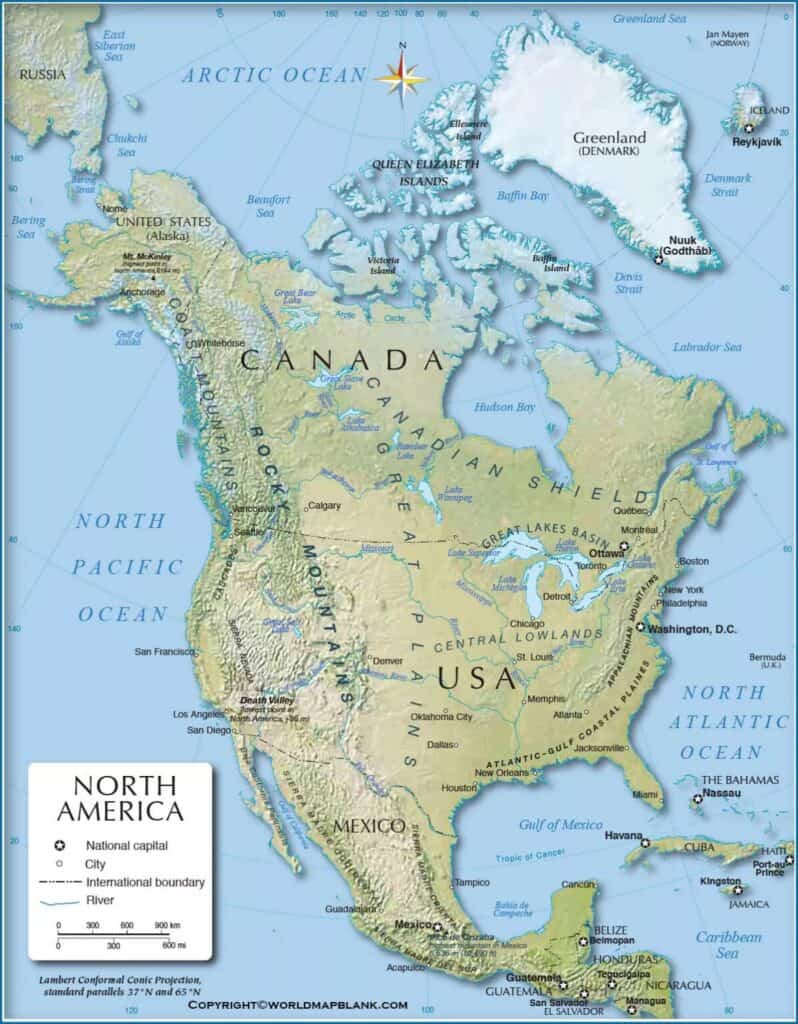
How Long are the Rocky Mountains?
The Rocky Mountain range is approximately 3,000 miles long. It is the longest mountain range in North America and one of the longest mountain ranges in the world.
What States are the Rocky Mountains in?
The Rocky Mountains pass through multiple states and Canadian provinces. In the United States, the range extends through Colorado, Idaho, Montana, Wyoming, Utah, and New Mexico. In Canada, it spans through British Columbia and Alberta.
The Rockies can be categorized into four sections – the Canadian Rockies, Northern Rockies, Central Rockies, and the Southern Rockies.
Canadian Rockies
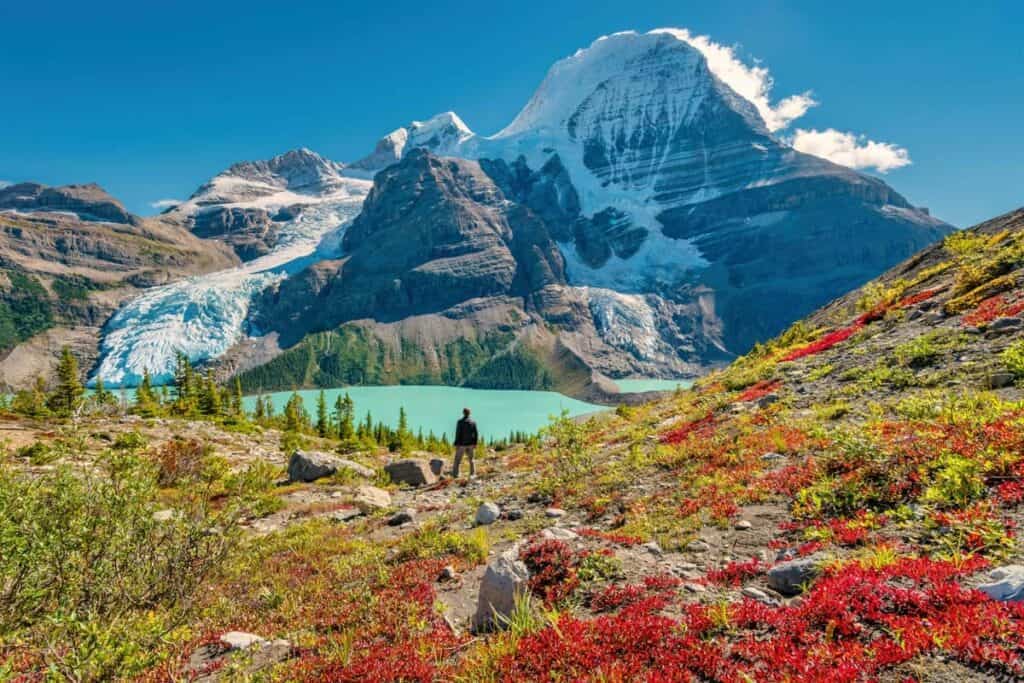
The Canadian Rockies span across the provinces of British Columbia and Alberta in Canada. They are approximately 900 miles long and include Banff and Jasper National Parks.
Northern Rockies

The northern section of the Rockies comprises the northernmost parts of the United States including northeastern Idaho and Montana. The Northern Rockies contain the Lewis, Bitterroot, and Sawtooth Ranges in Idaho and Glacier National Park in Montana.
Central Rockies
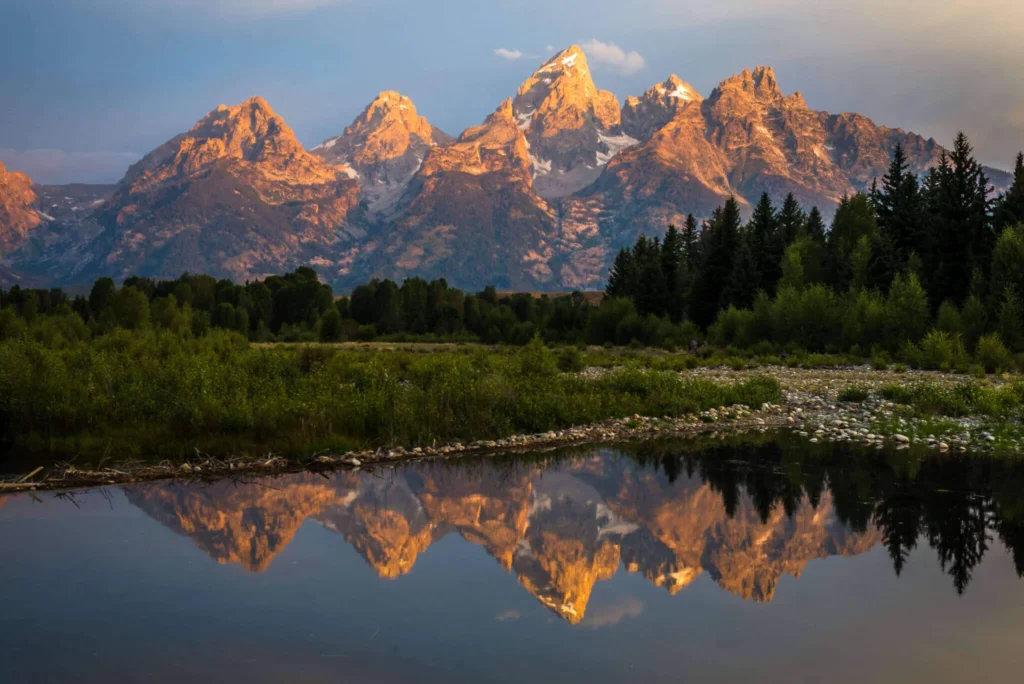
The central section of the Rockies extends through southeastern Idaho, Wyoming, and Utah. This region is characterized by the impressive peaks of Yellowstone National Park and the Grand Tetons in Wyoming.
Southern Rockies
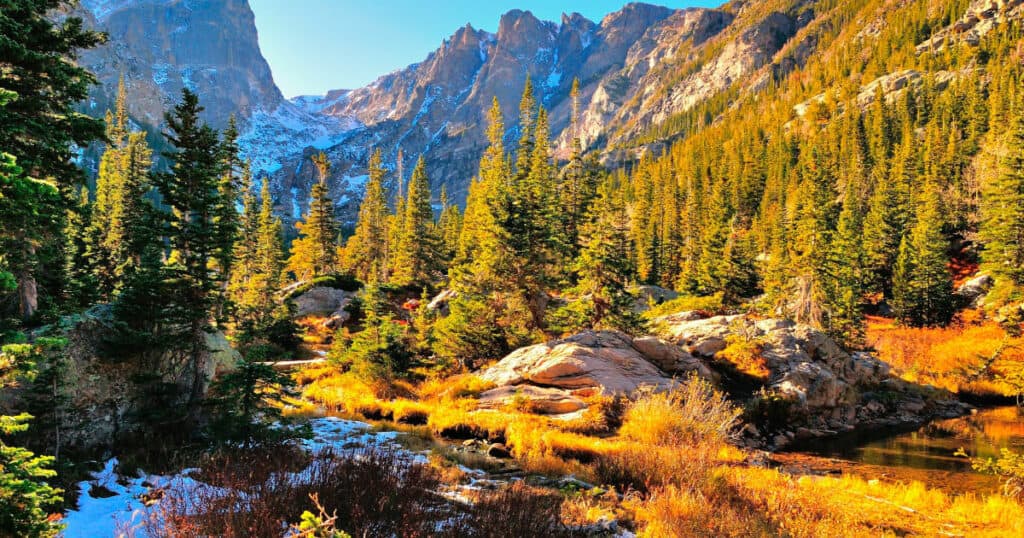
The southern section of the Rockies traverses Colorado and New Mexico. This area includes the Sangre de Cristo Range and the San Juan Mountains of Colorado.
Where Do the Rocky Mountains Start and End?
The Rockies begin in the northernmost reaches of British Columbia in Canada and extend all the way down to northern New Mexico in the United States.
How Did the Rocky Mountains Form?
The Rocky Mountains, similar to the Appalachians, are ancient mountains formed millions of years ago due to tectonic activity and various geological processes.
Around 50 to 80 million years ago during the Paleogene and Late Cretaceous periods, the Rocky Mountains began to take shape. The collision of the Pacific Plate and North American Plate caused the Earth’s crust to buckle and uplift. The North American Plate was forced upward, resulting in the formation of a vast mountain range.
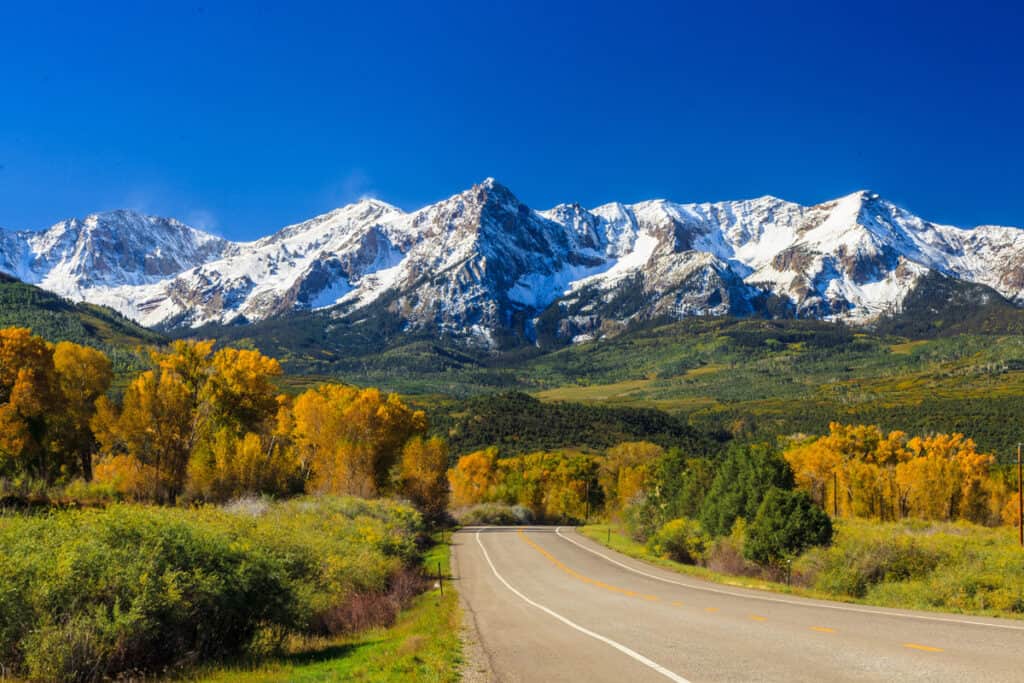
This process continued over millions of years, resulting in the towering peaks and rugged landscapes that characterize the Rockies today. Erosion, caused by wind, water, and glacial activity, further shaped and sculpted the mountains, creating the dramatic peaks, valleys, and diverse geological formations.
Are the Rocky Mountains Part of the Continental Divide?
The Continental Divide, also known as the Great Divide, is a geographical feature in North America.
It represents the line that separates the water that drains into the Pacific Ocean from water that drains into the Atlantic Ocean. Precisely, rain and snowfall that lands on the western side of the Continental Divide flow into rivers that eventually empty into the Pacific Ocean. Meanwhile, precipitation on the eastern side of the divide feeds into rivers that empty into the Atlantic Ocean.
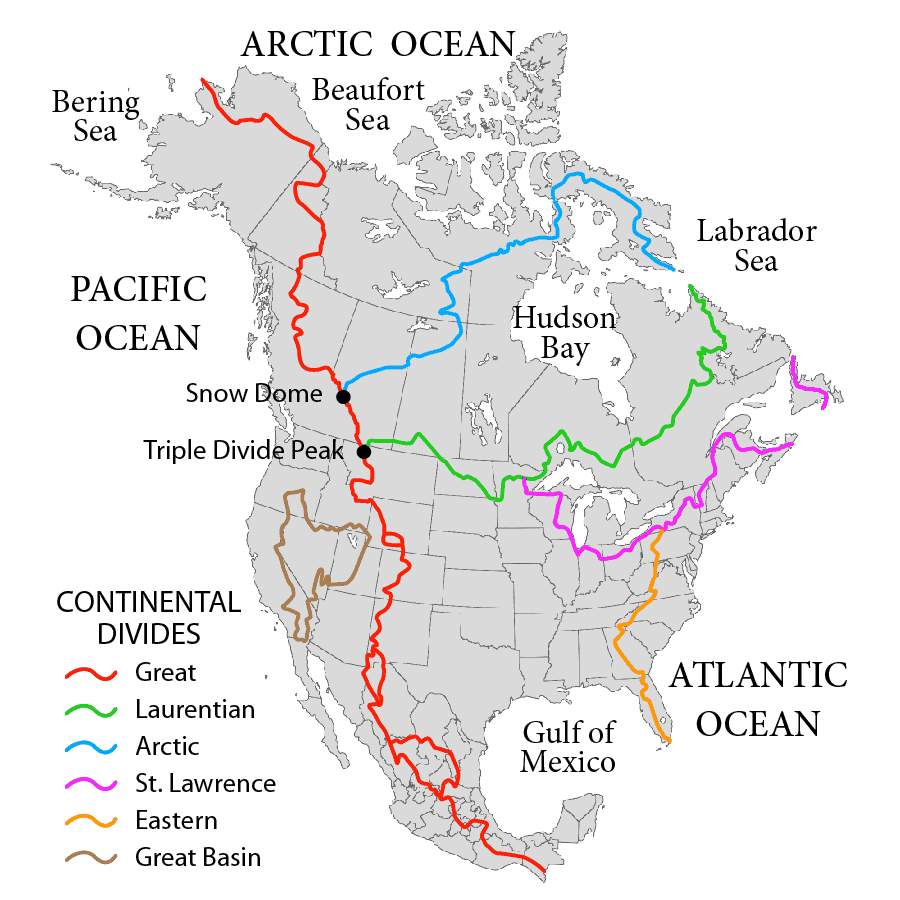
The Rocky Mountains are part of the Continental Divide. The Continental Divide’s path is not a continuous ridge but rather a high point along the Rockies where waters diverge and flow in opposite directions. It has significant importance for the hydrological systems of North America, impacting the flow of rivers, ecosystems, and the allocation of water resources across the continent.
How Big and Tall are the Rocky Mountains?
The heights of the Rockies vary significantly. Mount Elbert in Colorado is the highest peak, standing at 14,440 feet (4,401 meters) above sea level. Other notable peaks include Longs Peak in Colorado at 14,259 feet (4,346 meters) and Mount Massive, also in Colorado, at 14,428 feet (4,397 meters).
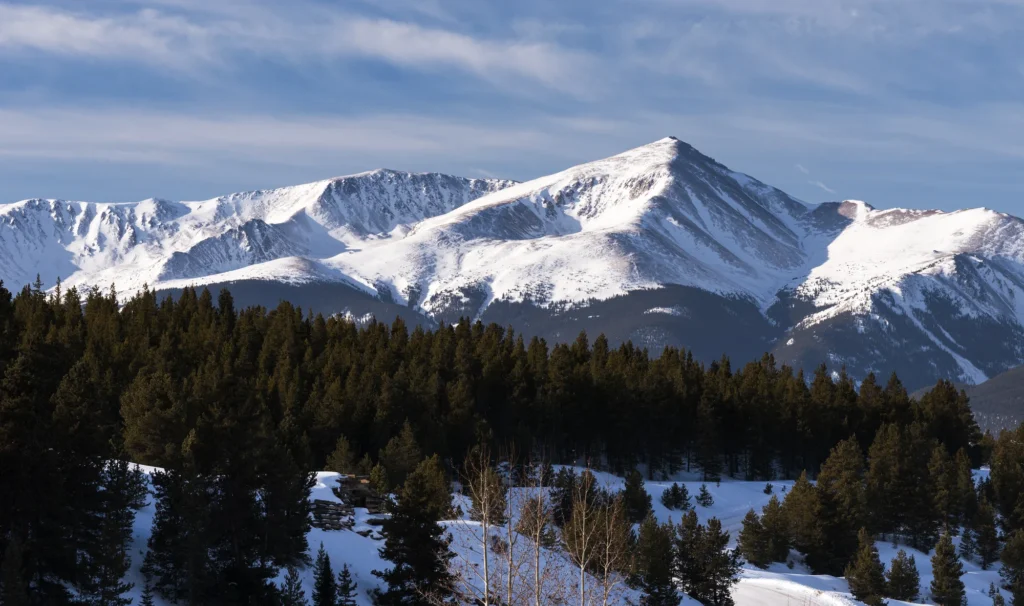
What are the Most Famous Features of the Rocky Mountains?
The Rocky Mountains boast many famous features.
- Grand Teton: A prominent mountain peak in Grand Teton National Park, Wyoming.
- Glacier National Park: Famous for its glaciers.
- Rocky Mountain National Park: Home to Longs Peak.
- Bridal Veil Falls: A stunning waterfall in Telluride, Colorado.
- Great Sand Dunes National Park: Known for North America’s tallest sand dunes.
- Banff National Park: Features stunning turquoise lakes, rugged mountains, and abundant wildlife.
- Athabasca Glacier: A major glacier in the Canadian Rockies.
- Lake Louise: Known for its brilliant blue waters.
- Mount Robson: The highest peak in the Canadian Rockies.
- Snake River: A major river that winds through Wyoming and Idaho.
- Pikes Peak: A famous summit in Colorado known for its panoramic views.
- Waterton Lakes National Park: Shares the border with Glacier National Park.
- Crater Lake: A stunning caldera lake in Oregon, formed by a collapsed volcano.
- Big Sky Resort: A ski resort in Montana with picturesque views.
- Devils Tower: A unique rock formation in Wyoming.
- Columbia Icefield: An expanse of ice in the Canadian Rockies.
- Flathead Lake: The largest natural freshwater lake in the western United States.
- Kananaskis Country: A recreational area in Alberta.
These features showcase the diverse landscapes and natural wonders found within the Rocky Mountains and its surrounding areas.
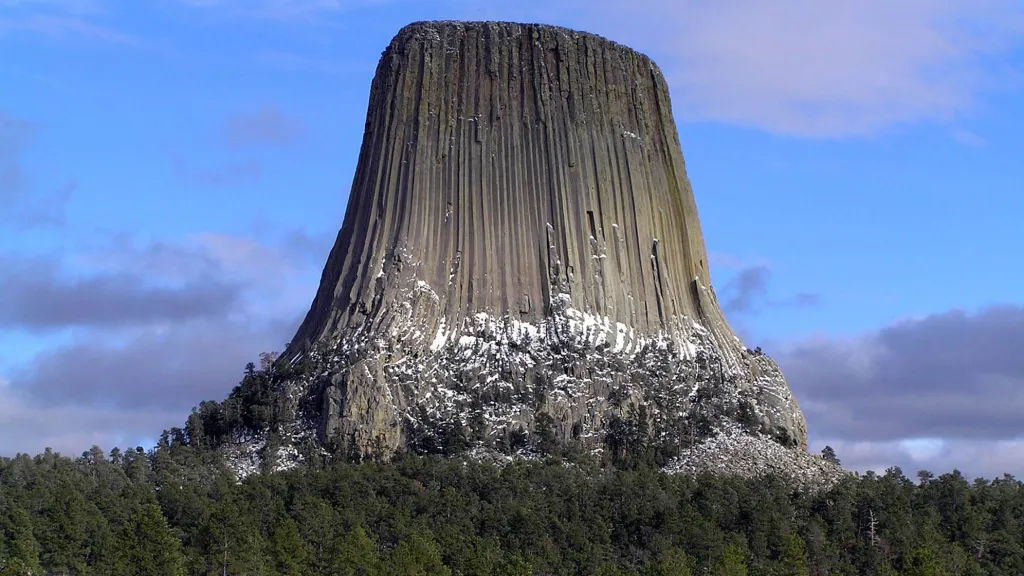
What is the Weather Like in the Rocky Mountains?
The weather in the Rocky Mountains can be quite diverse due to the vast geographical expanse of the range. In general, temperatures vary considerably with elevation. Summers are typically mild to warm in lower elevations, while higher elevations experience cooler temperatures. Winter brings cold temperatures and heavy snowfall, especially in the higher regions. Weather conditions can change rapidly, with sudden storms and temperature fluctuations occurring at any time of the year.
What Animals Can Be Found in the Rocky Mountains?
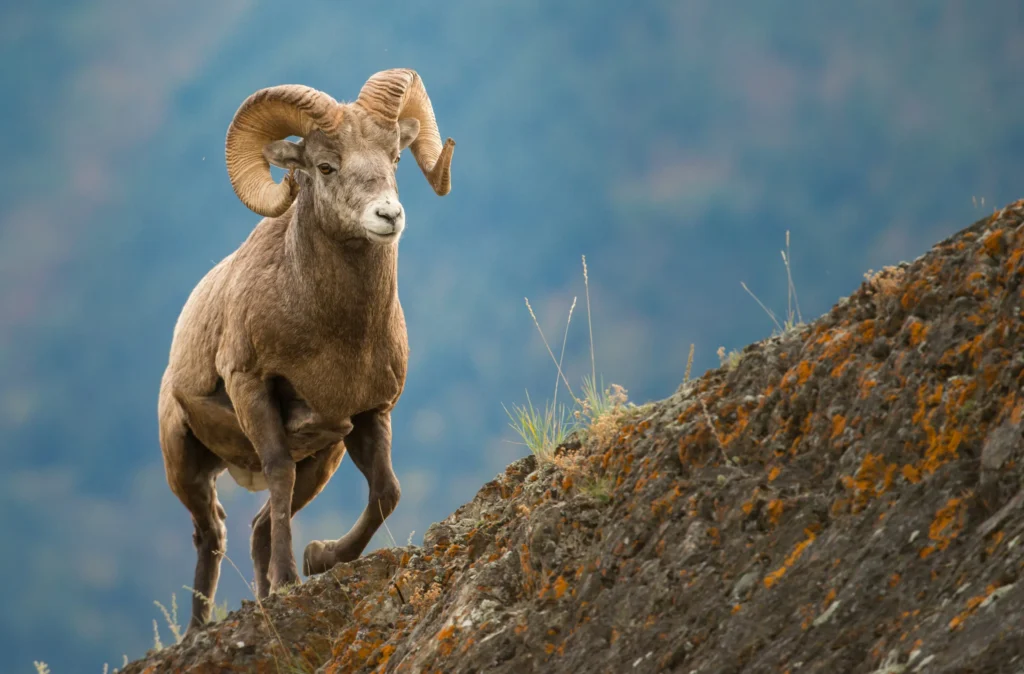
The Rocky Mountains are home to a rich variety of wildlife. Grizzly bears, black bears, mountain lions, elk, moose, mountain goats, bighorn sheep, and mule deer are some of the iconic mammals that inhabit these mountains. Visitors might also spot smaller creatures like marmots, pikas, and a variety of bird species including golden eagles, bald eagles, and peregrine falcons.
What Plant Life Can Be Found in the Rocky Mountains?
The plant life in the Rocky Mountains is diverse and varied. From alpine tundra to dense forests, the range hosts a wide array of flora. In lower elevations, forests of ponderosa pine, Douglas fir, and aspen dominate the landscape. Moving higher, subalpine forests with spruce and fir trees give way to alpine meadows and tundra, where hardy plants like wildflowers, grasses, and lichens flourish.
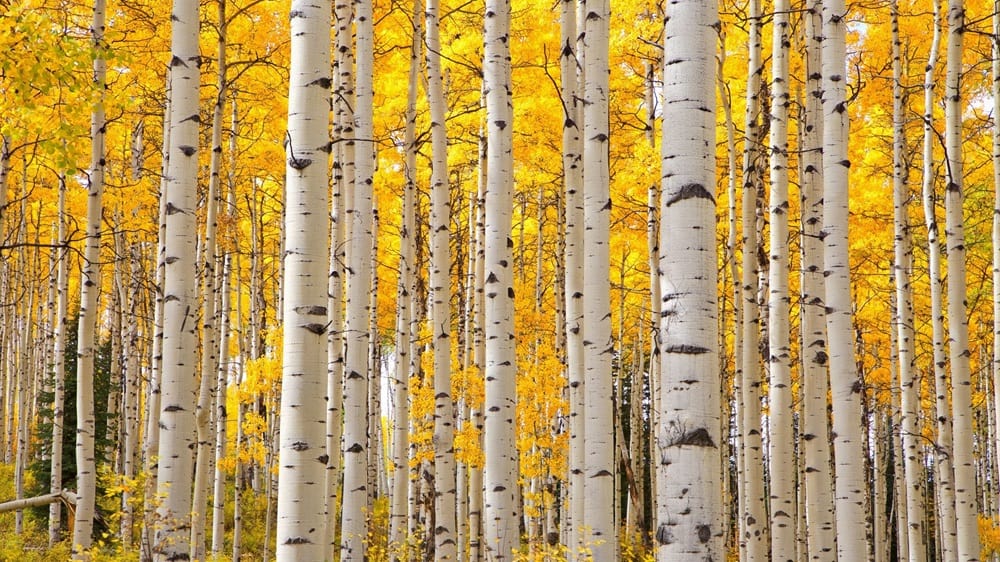
Who Lived in the Rocky Mountains?
The Rocky Mountains were home to various indigenous groups before European settlers arrived. These groups had rich cultures, diverse traditions, and deep connections to the land.
The Canadian Rockies were inhabited by indigenous groups like the Kootenay, Stoney Nakoda, and Tsuu T’ina. In the northern Rockies, the Blackfeet, Kutenai, Salish, and Nez Perce resided. The central Rockies had the Shoshone, Ute, and Arapaho. In the southern Rockies, the Ute, Jicarilla Apache, Puebloan peoples, and Navajo inhabited the region.
The indigenous peoples of the Rockies held spiritual connections with the mountains, forests, and rivers. Their languages, traditions, and customs were intimately linked to the land, forming the basis of their identity and social structures. They developed intricate belief systems, folklore, and oral traditions passed down through generations, emphasizing respect for nature and community values.
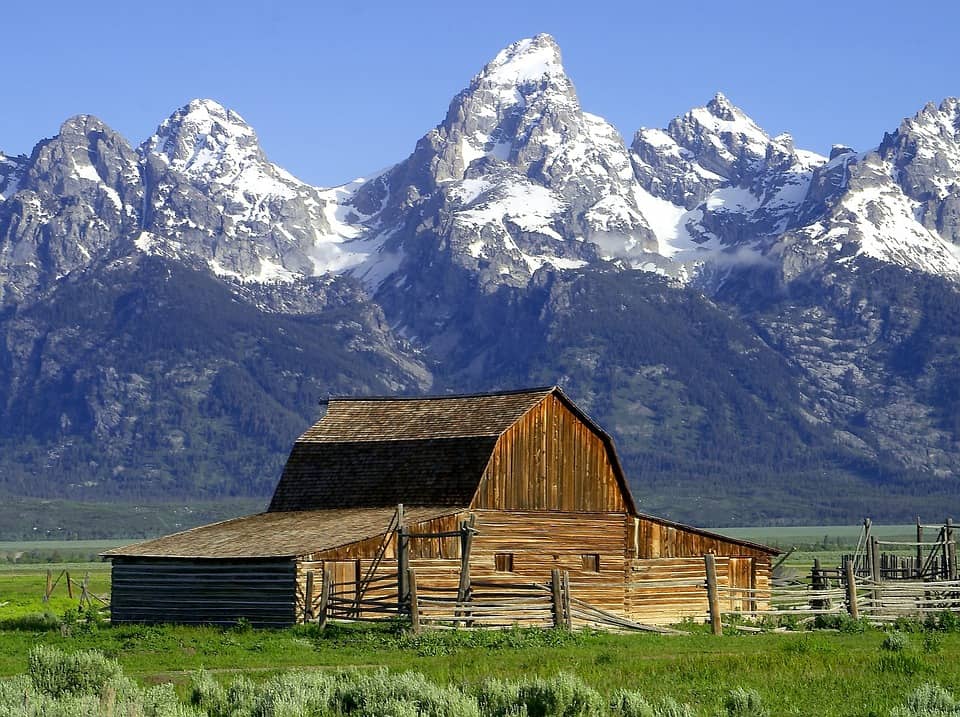
With the arrival of European explorers and settlers, indigenous communities faced dire challenges. Conflicts arose over land, resources, and cultural differences, leading to the displacement of many tribes from their ancestral territories. Treaties were made and broken, causing significant disruptions to traditional ways of life.
Despite centuries of adversity and attempts at assimilation, indigenous cultures in the Rockies persist. Many tribes continue to preserve their heritage, languages, and customs, advocating for recognition of their rights, land stewardship, and cultural preservation.




















































